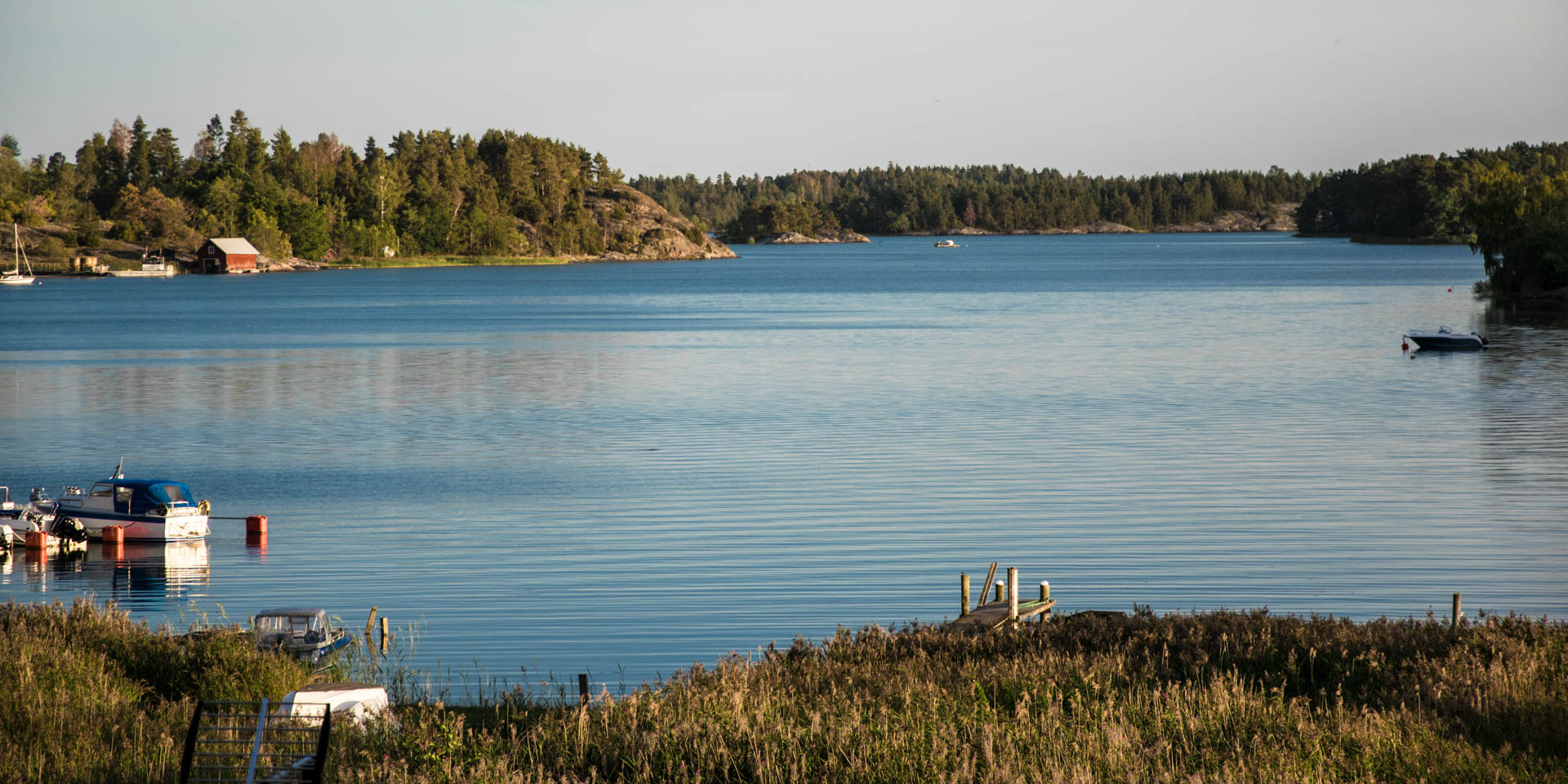

Östergötlands Län
The northeastern part of southern Sweden
The province Östergötlands Län covers the area between the lake Vättern and the Swedish east coast and is the northernmost province of southern Sweden (Götaland) on the east coast of the country.
Östergötlands Län is congruent with the area of the historical landscape of Östergötland. The province borders in the south on the Småland provinces Jönköpings Län and Kalmar Län and in the north on the provinces Örebro Län and Södermanlands Län in Central Sweden (Svealand).
With an area of almost 10,600 square kilometres, Östergötlands Län meets the middle of all Swedish provinces in terms of size. Measured by the population of almost 460,000 inhabitants, however, it is the fourth largest province and the population density of over 43 inhabitants per square kilometre is almost twice as high as the national average.
The landscape of Östergötland consists of several completely different landscape types. About 30 kilometres wide, a flat plain with extensive fields and intensive agriculture stretches from west to east along the geographical centre. The provincial capital Linköping is located in the centre of the plain and thus almost exactly in the middle of the province.
To the north and south there are dense forests on rocky mountain ridges. Except for the single, 263 metre high Omberg with its cliffs on the banks of the Vättern, the plain runs westwards to the edge of the lake without major differences in height. To the east, near the coast, the landscape becomes more and more rocky and merges into the archipelago of Östergötland with over 6,000 small and large islands.
The coast is also characterised by a total of three sea bays cut several kilometres deep into the mainland. The largest of them is Bråviken, which reaches the gates of Norrköping with its high rocky shores, followed by Slätbaken, which ends shortly before Söderköping and forms the starting point for the famous Göta Canal.
The province is also very rich in lakes, with some lakes reaching an impressive size. By far the largest lake is the Vättern, which is the second largest lake in Sweden with an area of almost 1,900 square kilometres. It is followed by the 132-square-kilometre Sommen, the Roxen with an area of 95 square kilometres and the 74-square-kilometre Glan.
The largest locality in Östergötlands Län is the university city and provincial capital Linköping with about 110.000 inhabitants. The city has been a bishop's seat since the early Middle Ages and houses the Linköping Cathedral, Sweden's oldest Gothic building. There is also the large open-air museum Gamla Linköping, which is a cultural-historical treasure that is second to none.
In second place comes Norrköping with around 97,000 inhabitants. The former industrial town at the river Motalaström, formerly called "Manchester of the North" because of its textile industry, captivates among other things by the well restored historical industrial landscape in the city centre. Another highlight is Kolmårdens Djurpark, Scandinavia's largest zoo, which is located outside the city in the middle of beautiful nature on the ridge above the Bråviken Bay.
The next largest cities within the province are Motala with almost 32,000 inhabitants as well as Mjölby and Finspång with about 13,000 inhabitants each.




